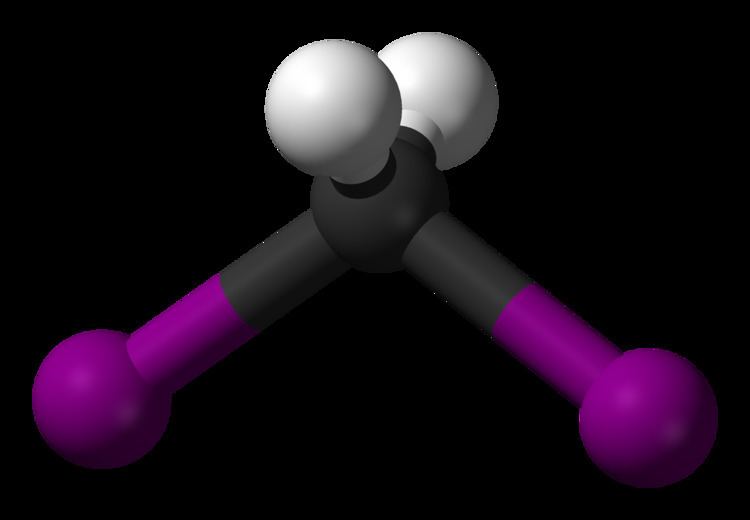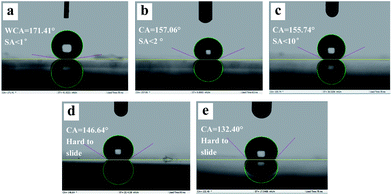Related compounds Formula CH2I2 Molar mass 267.84 g/mol | Density 3.32 g/cm³ Boiling point 181 °C Appearance Colorless liquid | |
 | ||
Related alkanes | ||
Diiodomethane or methylene iodide, commonly abbreviated "MI", is an organoiodine compound. Diiodomethane is a colorless liquid; however, it decomposes upon exposure to light liberating iodine, which colours samples brownish. It is slightly soluble in water, but soluble in organic solvents. It has a relatively high refractive index of 1.741, and a surface tension of 0.0508 N·m−1.
Contents

Uses

Because of its high density, diiodomethane is used in the determination of the density of mineral and other solid samples. It can also be used as an optical contact liquid, in conjunction with the gemmological refractometer, for determining the refractive index of certain gemstones. Diiodomethane is a reagent in the Simmons–Smith reaction, serving as a source of the free radical methylene (carbene), :CH
2.
Preparation
Although commercially available, it can be prepared by reducing iodoform with elemental phosphorus or sodium arsenite:
CHI3 + Na3AsO3 + NaOH → CH2I2 + NaI + Na3AsO4
Diiodomethane can also be prepared from dichloromethane by the action of sodium iodide in acetone in the Finkelstein reaction:
CH2Cl2 + 2 NaI → CH2I2 + 2 NaClSafety
Alkyl iodides are alkylating agents and contact should be avoided.
